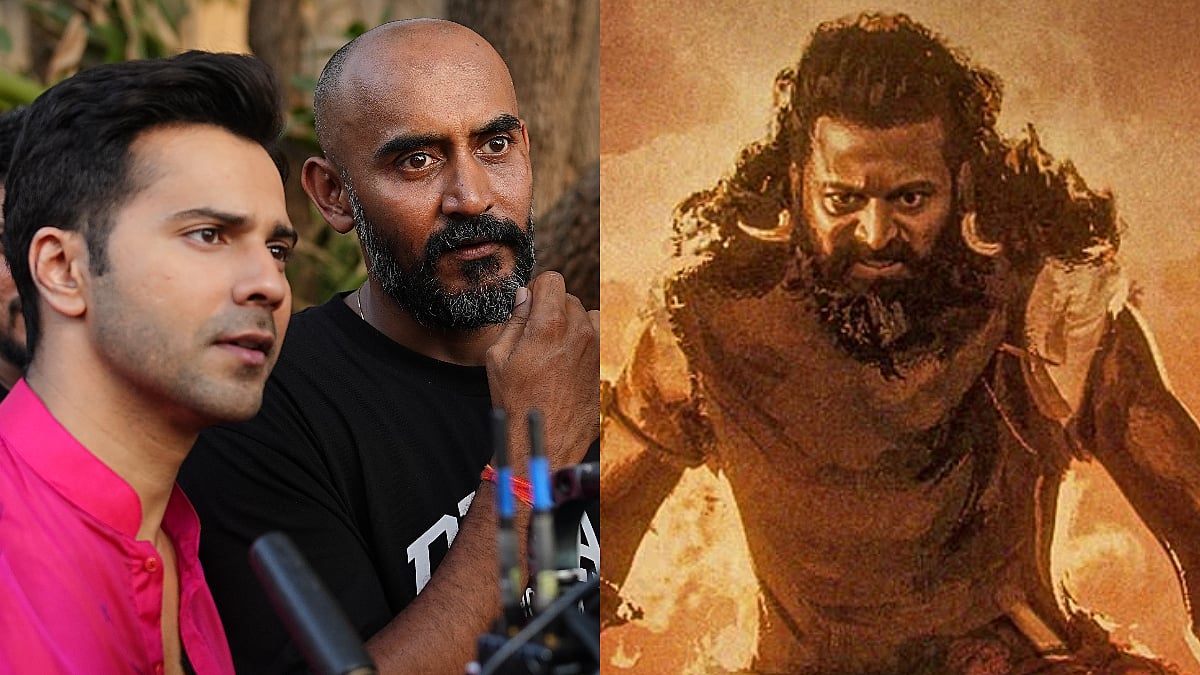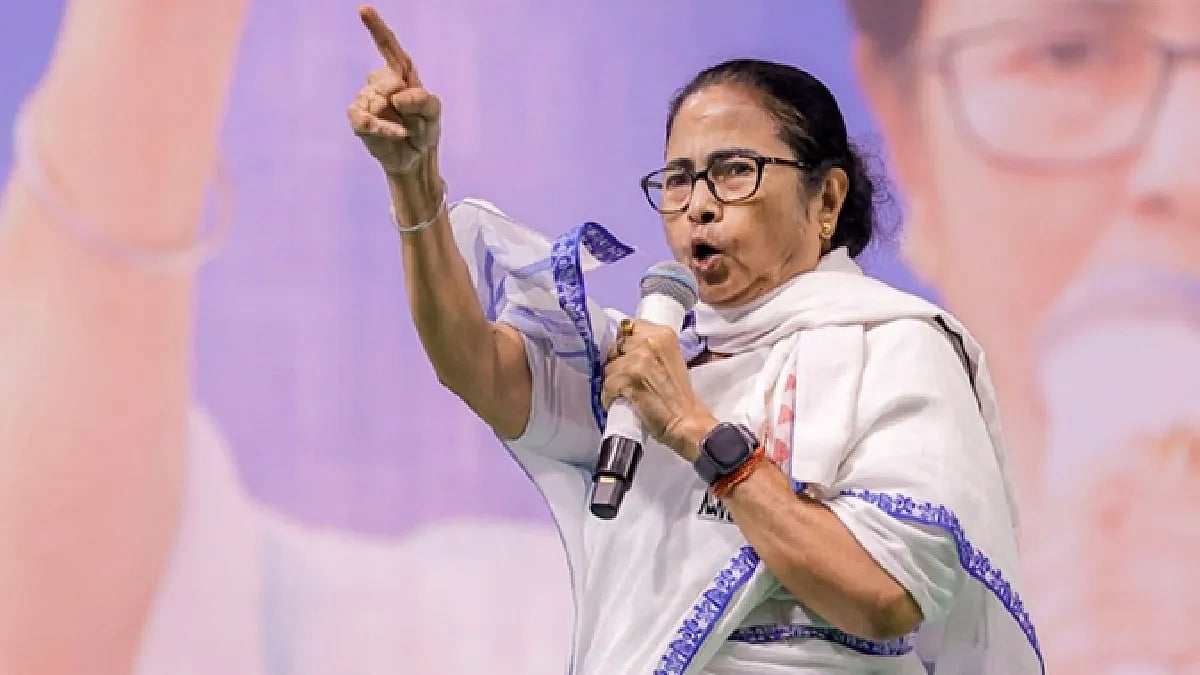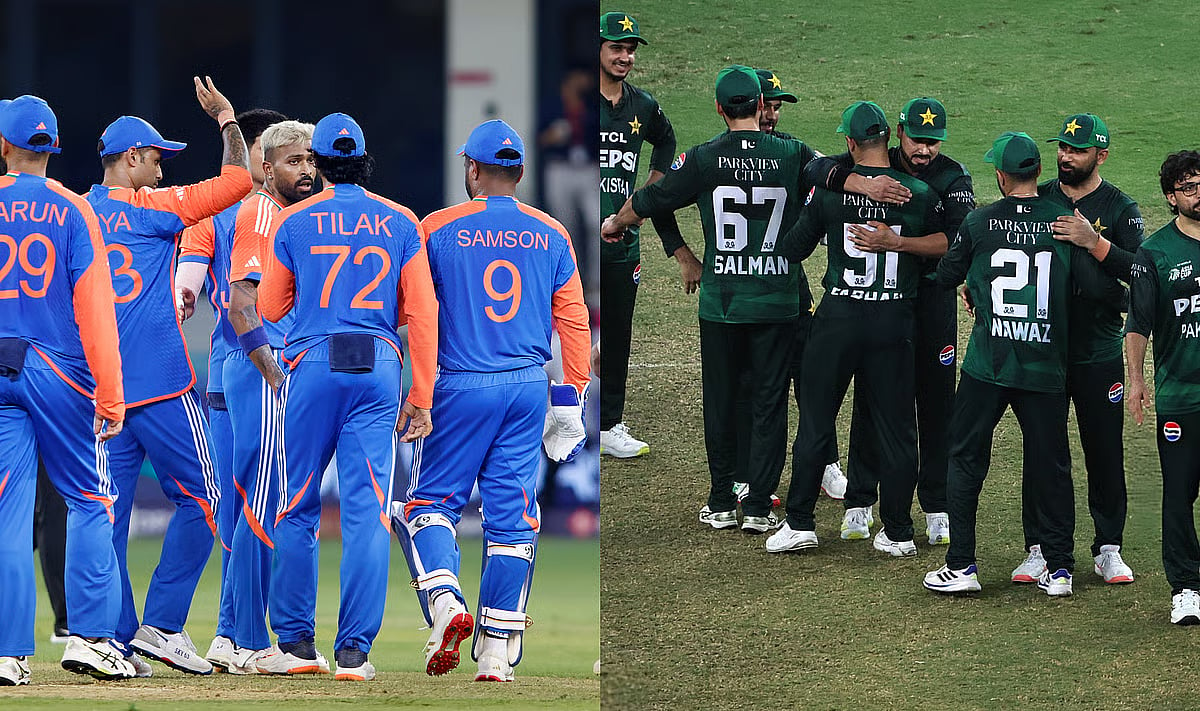Despite all its faults, the judiciary enjoys a special status in India, especially the Supreme Court. Institutions, as well as individuals, look up to the SC to protect them from the vagaries of the system and the excesses of the government. The media too gives it deferential treatment even though at times, justices prevail instead of justice prevailing. However, a series of events in recent years raises the suspicion in the minds of many that the apex court is more conscious about its privileges rather than its duties, that it is insensitive to the underdogs and most damning, that it is pro-establishment.
The SC, which recites the mantra of ‘collective conscience’ every now and then, was a mute spectator to the systemic murder of Fr Stan Swamy, who had spent a lifetime fighting for the rights of Jharkhand tribals. Where was the judicial conscience when the man suffering from Parkinson’s had to beg for a sipper glass? Where were the high priests of justice when the oldest man accused of being a terrorist was mocked by the jailers for complaining too much? Fr Swamy should have been seen as the Nelson Mandela of India. Instead, the judiciary opted to see him as a terrorist and let the 84-year-old rot in jail.
Even A P Shah, former chief justice of the Delhi high court who was also the chairperson of the Law Commission of India, was forced to say that the death of Fr Swamy was the result of a systemic abuse of majoritarian authority and disregard for the rule of law. Indeed, what kind of a judicial system do we have which permits the prolonged incarceration of academics, activists, lawyers, journalists and even comedians without a trial and often, without basic healthcare. What could be more perverse than locking up people engaged in nation-building under a law meant for terrorists?
When the Delhi high court granted bail to three young activists arrested under the draconian Unlawful Activities Prevention Act (UAPA) for a ‘conspiracy’ relating to the 2020 riots in Delhi, the Supreme Court rapped it on the knuckles. So, how was human rights activist Prashant Bhushan wrong in saying that when future historians look back at the last six years to see how democracy was destroyed in India even without a formal Emergency, they will particularly mark the role of the SC in this destruction? There are just far too many instances of the SC looking the other way when it needed to call the government’s bluff or when it needed to stand up for the liberty of citizens locked up by the thought police. Not only has the judiciary abdicated its role, over the years, it seems to have taken it as its right not to be criticised.
In the Prashant Bhushan contempt case last year, the SC frowned even at retired judges who supported him. Finding fault with the judiciary is almost like blasphemy; the media is deterred from reporting any judicial wrongdoing through the sweeping use of the contempt law. In most cases, a threat suffices. Every other pillar of democratic governance, except the judiciary, is subject to some system of accountability and checks and balances. The judiciary though, revels in remaining opaque and immune to scrutiny. The normal response of courts to any enquiry about their functioning is to stonewall. Not only is the judiciary averse to criticism, it seems incapable of self-correction.
Even SC judges had to hold a press conference in 2018, accusing the then Chief Justice Dipak Misra of manipulating the roster, thereby insinuating that cases were being assigned to preferred benches. When was the last time that an SC judge was pulled up for misconduct? In fact, the in-house procedure supposed to enforce the code of ethics for judges is opaque and often dysfunctional. In the absence of a law on judicial accountability, former SC judge Ruma Pal suggested that formal internal mechanisms be set up for disciplining judges to ensure continued public confidence in the judicial system. Perhaps we need a Performance Commission, as in several states in the US, which examines complaints about the conduct of judges and have powers to take consequential action.
There ought to be a system of analysing the quality of orders/judgments to determine the judges’ competence and promotion. Quite a few are apparently just wasting time issuing interim orders. Other reform ideas are televising courtroom proceedings and the creation of a national judicial service from where the bulk of future judges could be selected. As of now, the selection of judges is shrouded in mystery.
The same judges who are quick to slap a contempt case on critics for scandalising the judiciary see nothing wrong in some of their own accepting plum government posts the day they retire. So much for intellectual integrity. Today, those who have gamed the system proudly proclaim full faith in it. Litigants wonder why thunderous pronouncements by the judge in court are often not reflected in the written judgment or why some judges wake up to shake up the establishment only on their last day in office.
Then there’s the vexed issue of case law versus face law; children of sitting judges practising in the same court. Of late though, with the new Chief Justice of India taking over, the higher judiciary has located its spine. However, one cannot depend upon individuals. Checks and balances have to be built into the system so that the judiciary does not meekly surrender to the government. The continued incarceration of honourable citizens under anti-terror laws and the death of Fr Stan Swamy will weigh on the conscience of the SC. The only way to atone for it is to revamp the judicial system.










